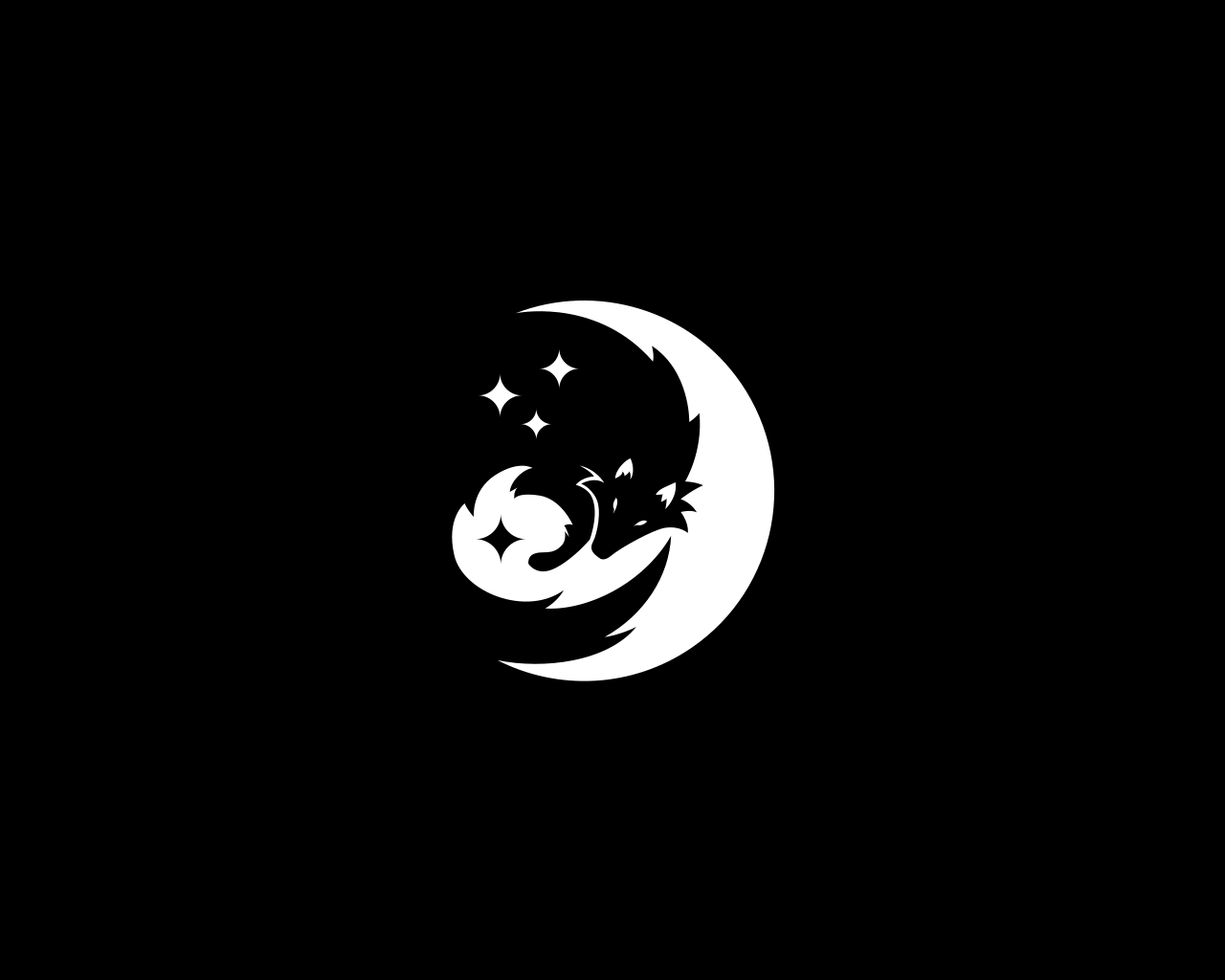Modalities
The Wolf Yoga Framework
PTSD is more than a cluster of symptoms, it is a systemic fragmentation of the self. It severs communication between body, mind, and spirit, and dysregulates the physical, emotional, mental, and energetic systems that sustain health and coherence.
At Wolf Yoga, we understand that recovery cannot be achieved through symptom suppression alone. Healing demands an integrated, multidimensional approach, what we call a healing ecosystem, that respects trauma’s sensitivity and complexity while offering practical tools for wholeness.
The Wolf Yoga Model
1. Ayurveda & Dinacharya: Rhythm and Restoration
In Ayurveda, trauma is seen as a vata aggravation, a loss of grounding and rhythmic regulation. Dinacharya (daily rhythm) reestablishes order through alignment with natural cycles.
Morning rituals (waking before sunrise, tongue scraping, warm lemon water) recalibrate circadian rhythms.
Abhyanga (warm oil massage) calms the nervous system via cutaneous vagal stimulation.
Herbs like Ashwagandha, Brahmi, and Triphala regulate cortisol, reduce anxiety, and support sleep.
Research shows that Ayurvedic interventions can normalize HPA axis function and reduce systemic inflammation (Sharma et al., 2007).
2. Yoga & Dance: Reclaiming the Body
Trauma often exiles survivors from their bodies. Yoga and Dance/Movement Therapy (DMT) offer safe re-entry.
Restorative yoga reduces heart rate, blood pressure, and cortisol.
Pranayama (breath regulation) increases vagal tone and emotional control.
Yoga Nidra fosters neuroplasticity through deeply relaxed but aware states.
Dance therapy improves sensorimotor coordination, interoceptive awareness, and emotional regulation.
Harvard researchers found that trauma-sensitive yoga significantly reduced PTSD symptoms in women with treatment-resistant trauma (van der Kolk et al., 2014).
3. Transcendental Meditation (TM): Accessing the Field
TM is an effortless, evidence-based technique that brings the mind to a deep state of restful alertness, facilitating neurological repair and self-regulation.
Reduces amygdala activation, lowering fear and emotional reactivity
Enhances prefrontal cortex function, improving decision-making and impulse control
Boosts alpha coherence, associated with resilience and cognitive integration
Improves HRV, indicating enhanced vagal tone and autonomic flexibility
Meta-analyses confirm TM’s effectiveness in reducing PTSD, anxiety, and physiological stress markers (Orme-Johnson & Barnes, 2014).
4. Cosmic Medicine: Energetic Repatterning
Trauma is stored not only in tissue but in the biofield, the subtle energetic matrix of the body. Cosmic medicine targets this nonverbal realm.
Reiki activates parasympathetic repair and reduces emotional stagnation.
Thai Bodywork blends acupressure, assisted yoga, and sen line activation to release somatic trauma stored in fascia.
Shamanic healing (soul retrieval, drumming, breathwork) restores lost parts of the Self and clears ancestral patterns.
Emerging fields in energy psychology suggest that biofield interventions improve stress markers, mood regulation, and autonomic balance (Jain et al., 2015).
5. Rest and Nourishment: Grounding the Spirit
Restoration of sleep and digestion is essential to trauma healing. Both are regulated by the parasympathetic nervous system, which trauma suppresses.
Our integrative approach includes:
Digestive yoga sequences to regulate the enteric nervous system (ENS)
Sattvic, warm-spiced meals to stabilize vata and support agni (digestive fire)
Herbs like ginger, fennel, and cumin to reduce bloating and inflammation
Bedtime rituals: journaling, herbal teas, abhyanga, and binaural beats to entrain delta brainwaves and support deep sleep
Studies confirm that structured sleep and dietary rhythms restore circadian homeostasis and improve emotional stability (Panda, 2016).
Case Example:
Maya, 38, survived prolonged childhood abuse and institutional betrayal. Despite years of therapy, she remained "stuck", plagued by insomnia, digestive pain, chronic hypervigilance, and dissociation. Talk therapy helped her understand her trauma but couldn’t reach the deeper layers.
Through Wolf Yoga:
Ayurveda helped her stabilize her daily rhythm and digestion.
Yoga and Dance Therapy helped her reinhabit her body.
Transcendental Meditation offered inner stillness and nervous system repair.
Reiki and Thai Bodywork discharged stored trauma from fascia.
Shamanic journeying supported the recovery of lost parts of the Self.
Case Example:
Frank, 26, is a gay male survivor of identity-based trauma and chronic illness. After facing conversion therapy, gender-based discrimination, and medical gaslighting, Frank was living in a state of shutdown, anxiety, and physical pain.
At Wolf Yoga:
Consent-based Ayurveda grounded his nervous system and improved sleep.
Yoga Nidra and Dance/Movement Therapy reconnected him to his body on his own terms.
Transcendental Meditation calmed his panic and rebuilt trust in his inner landscape.
Shamanic work helped recover and reintegrate his inner child.
Maya and Frank are just two examples of how Wolf Yoga speaks to the whole person. Whether the wound is personal, systemic, ancestral, or spiritual, our integrative framework provides a map back to coherence.
References
Jain, S., Hammerschlag, R., Mills, P., Cohen, L., Krieger, R., Vieten, C., & Lutgendorf, S. (2015). Clinical studies of biofield therapies: Summary, methodological challenges, and recommendations. Global Advances in Health and Medicine, 4(suppl), 58–66.
Orme-Johnson, D. W., & Barnes, V. A. (2014). Effects of the Transcendental Meditation technique on trait anxiety: A meta-analysis of randomized controlled trials. Journal of Alternative and Complementary Medicine, 20(5), 330–341.
Panda, S. (2016). Circadian physiology of metabolism. Science, 354(6315), 1008–1015.
Sharma, H., Chandola, H. M., Singh, G., & Basisht, G. (2007). Utilization of Ayurveda in health care: An approach for prevention, health promotion, and treatment of disease. Part 1—Ayurveda, the science of life. The Journal of Alternative and Complementary Medicine, 13(9), 1011–1019.
van der Kolk, B. A., Stone, L., West, J., Rhodes, A., Emerson, D., Suvak, M., & Spinazzola, J. (2014). Yoga as an adjunctive treatment for posttraumatic stress disorder: A randomized controlled trial. Journal of Clinical Psychiatry, 75(6), e559–e565.
